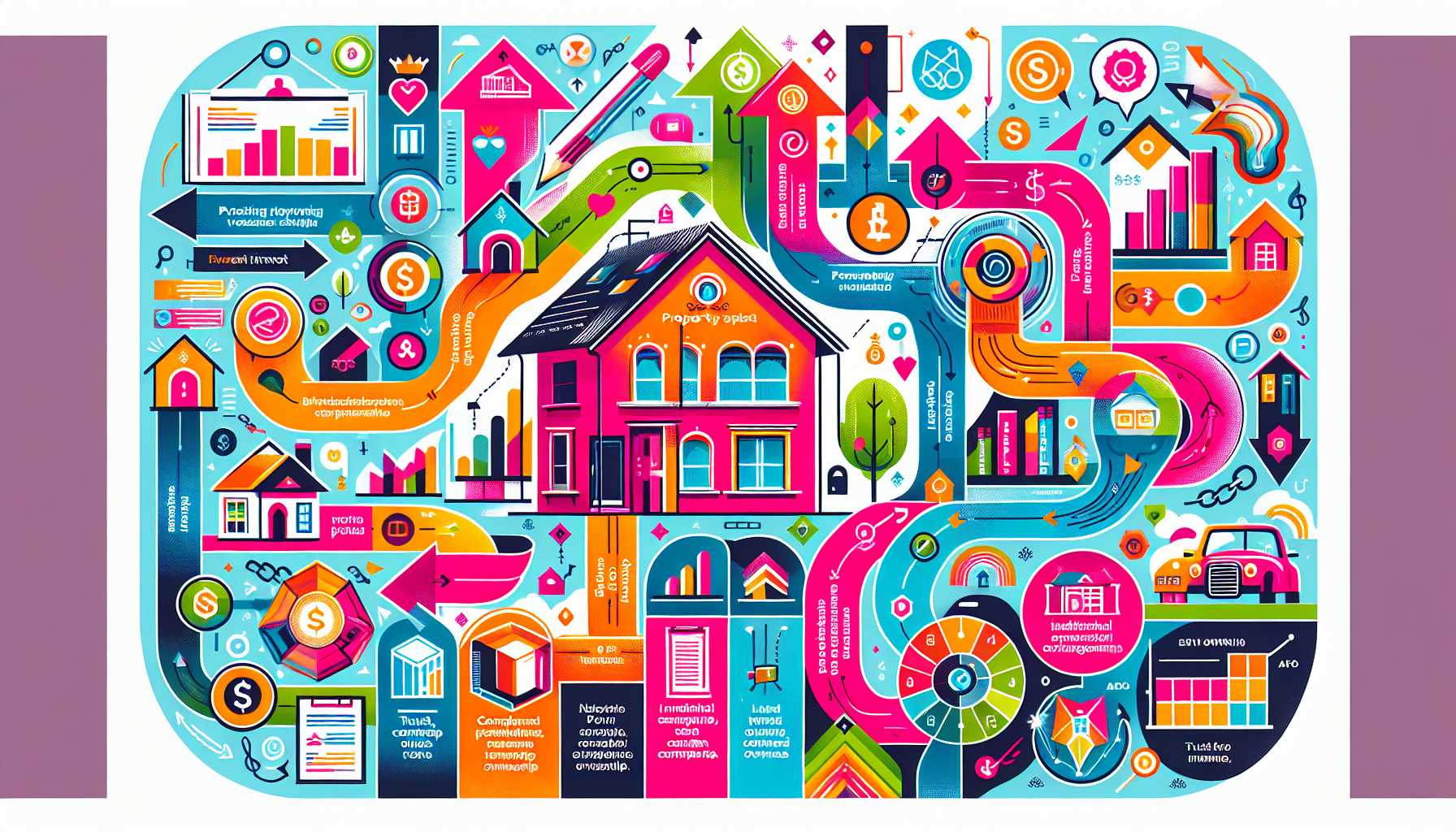Overcome Mortgage Stress in Australia
It is an issue that many Australians are facing today, with rising living costs and fluctuating home loan interest rates putting increasingly more pressure on households. Today we’ll try and break down what mortgage stress is, how it affects homeowners, and the wider impact on Australia’s economy. As always, feel free to reach out to us at Kaleido for all your mortgage needs and any related questions.

Mortgage Stress Definition
It is said to occur when a household spends more than 30% of its pre-tax income on repayments for home loans. As such, this is commonly regarded as the point at which an individual is feeling financial strain, and hence may struggle to cover other basic living costs. Most households fall into mortgage stress any moment the interest rates climb or when household income falls. In that case, it can easily squeeze their financial situation, especially if the mortgage is on a variable rate. Such interest rates change with fluctuations in the market. Starting in 2022, most Australians started to feel the pinch as the rates were beginning to rise, adding to inflation.
Home Finance Strain and Debt Burden
To experience mortgage stress is a known factor leading to financial hardship for families. Linked with substantial increases in mortgage repayments, and particularly variable-rate loans, are defined states of home finance stress that can lead to inability to pay other debts or meet everyday living expenses. This situation can put many homebuyers under such critical stress that they run the risk of defaulting on their mortgage and possible foreclosure.
Mortgage Default Rates in Australia
The mortgage default rate in Australia captures the number of borrowers in default of their home loan repayment obligations. While this has been quite low for some time, lately, it has started to creep up, with more and more households struggling to meet the schedules of their loan facilities. The default rate in Australia is closely tied to interest rate hikes, falling real wages, and surging living costs that in sum drive more households into mortgage stress.
Factors leading to default
The default rate normally rises when conditions in the economy worsen. In Australia, the usual drivers for defaults on mortgages include:
- A rise in interest rates: This results in increased home loan repayments for those on a variable rate.
- A reduction in family income: This is either through job loss or a reduction in working hours.
- High levels of debt: This debt usually exceeds the ability of a family to continue paying on their mortgage.

Australian Mortgage Rates History
Recent figures show that throughout Australia, defaults on home loans sharply increased after 2022 amid rises in the cost of living coupled with increases by lenders. Australian mortgage holders rates history shows that home loan interest rates have gone up and down over the years, hence affecting household affordability. Over the last decade, the interest rates have been at an all-time low and thus provided ample opportunities for many households to buy property.
However, over the last couple of years, the wheel turned the other way, lenders started increasing their interest rates to keep up with the global economic pressures. This means that as the interest rates go up, so does the cost of mortgage repayments. The risk of mortgage stress then also climbs upwards in Australia. Those on fixed-rate loans ending have to face an abrupt change towards higher rates, sometimes dramatically increasing the financial stress which is placed upon a household.
Debt Burden How Much Is Too Much?
One of the very important aspects of financial stability management is debt burden management. To many Australians, the amount of debt tied up in a home loan is overwhelming because the repayments exceed the ability to repay. Similarly, too much debt makes them struggle with basic living expenses, hence going into a downward financial spiral. This calls for periodic checking of the financial situation to ensure that your debt level is manageable compared to the household income. In order to prevent oneself from falling into financial distress, in case of one’s debt being too high, then he may opt for another alternative on repayments or seek help.
Ways to Reduce Mortgage Stress
There are various ways that you can reduce or prevent mortgage stress, including:
- Shopping around for better rates from alternative lenders.
- Refinancing your home loan may decrease the interest rate.
- You can use a calculator to estimate the possible change in rates and any difference that this may make to repayments.
- Downsize your property if appropriate this will reduce your overall debt.
If you feel that you’re suffering from mortgage stress, the earlier you seek for help, the less chance that your financial circumstances can deteriorate further. A financial counsellor will be able to help you deal with your debts and look at options to avoid mortgage stress.

Home Finance Strain and Hardship
The interest rate has continued to rise, and it is this current constant increase that has left the Australians reeling in such extreme home finance strain. As the costs go up, some have placed the borrowers in precarious positions where meeting home loan repayments simply can’t be done. Often, households with a hard time trying to make ends meet could feature among the most vulnerable lot towards falling behind on repayments. If financial hardship places you in danger of falling behind in your mortgage, the sooner you act, the better. The National Debt Helpline (1800 007 007 )can supply you with free advice if you’re an Australian who is experiencing financial hardship. They can help you work on a solution before things get out of hand.
Seeking Financial Counselling
Professional help will, therefore, go a long way in making all the difference when one is in extreme distress. A financial counsellor will be able to assess one’s financial situation and suggest appropriate actions that may include negotiation with the lender for reduced repayments or hardship assistance. Reaching out to services like the National Debt Helpline or seeking financial counselling itself will ensure that one receives necessary support during trying times.
Conclusion
Currently, mortgage stress is one of the existing and most emerging issues in Australia due to higher interest rates and rising living costs that have successfully placed a number of households in tight financial pressure. In this respect, it is important to understand what mortgage stress is and how to manage the same in order to stay on top of your financial situation. If you are in mortgage stress, then re-evaluate your debt burden and take help from financial counsellors or lenders to avoid default. The challenge can be faced, and home loan repayments managed effectively with careful management and support to maintain financial health.







